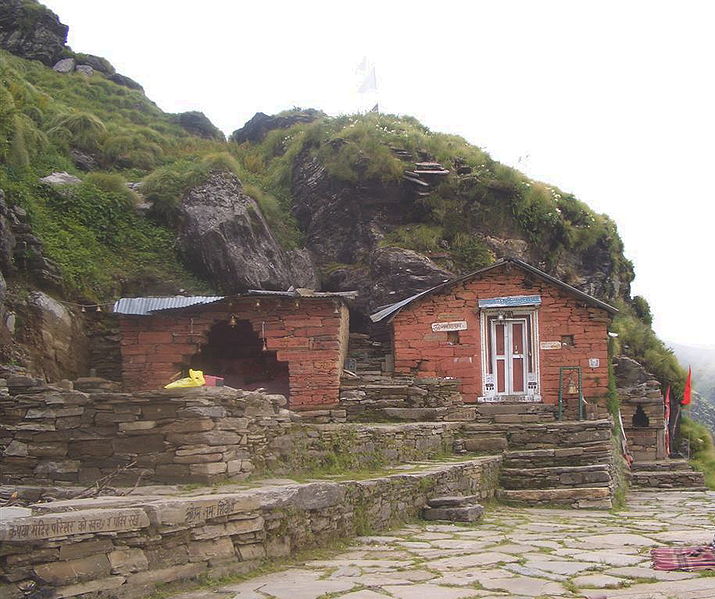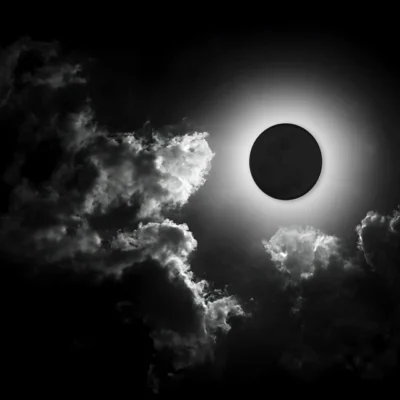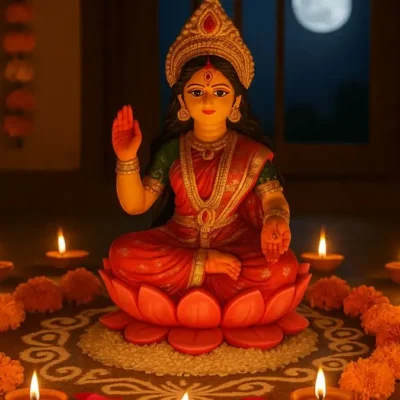Chamoli Rudranath Temple (Panch Kedar)- Uttarakhand

Address
Chamoli Rudranath Temple (Panch Kedar) – Chamoli, Uttarakhand 246472
Deity
Rudranath
Introduction
- Location: The Rudranath Temple is situated in the Garhwal Himalayan Mountains of Uttarakhand, India. It stands at an elevation of 3,600 meters (11,800 feet) above sea level, amidst a dense Rhododendron forest. The temple is named “Rudranath,” which translates to “Him who is Angry,” referring to Lord Shiva. The deity is worshipped here as “Nilkanth Mahadeva,” symbolizing the face of Lord Shiva.
Puranic Significance:
- Panch Kedar Pilgrimage: Rudranath Temple is one of the five sacred Panch Kedar temples dedicated to Lord Shiva. The other temples in this pilgrimage circuit are Kedarnath, Tungnath, Madhyamaheshwar, and Kalpeshwar. Pilgrims aim to visit all these temples as part of their spiritual journey.
- Legend of the Pandavas: According to legend, the Pandavas from the Mahabharata sought Lord Shiva’s pardon for their sins in the Kurukshetra war. Initially, Shiva avoided them but later revealed himself as a bull in Guptkashi. As the Pandavas pursued him, his body parts were scattered across five locations, leading to the establishment of the Panch Kedar temples.
- Unique Rock Temple: Rudranath Temple is a cave temple housing a self-manifested (Swayambhu) Shivalinga, naturally shaped like a human face, formed by a massive rock.
- Sacred Water Tanks: The temple complex includes several sacred water tanks: Surya Kund, Chandra Kund, Tara Kund, and Mana Kund, used for ritual bathing and religious ceremonies.
- Scenic Beauty and Backdrop: The temple is surrounded by stunning mountain vistas, including prominent peaks like Nanda Devi, Trishul, and Nanda Ghunti.
- Rudra Ganga River: The Rudraganga river flows near the temple, and it is believed that souls of the deceased cross this river to reach the afterlife. Devotees visit Rudranath to perform rituals for the departed.
- Opening and Closing Dates: The temple is typically open from April or May until mid-November. During winter, the temple’s idol is moved to Gopeshwar and returned when the temple reopens.
- Winter Seat: An utsava (festival) idol of Rudranath is kept in Gopeshwar during winter. This involves specific rituals and the participation of Vandevi, a local protective deity.
Festivals:
- Annual Fair: The temple hosts an annual fair on the full moon day in the month of Sravan (July–August), which often coincides with Raksha Bandhan. This event attracts many pilgrims and is a significant occasion for worship and celebration.
Century/Period/Age
1000- Years old
Managed By
Archaeological Survey of India (ASI)
Nearest Bus Station
Sagar village
Nearest Railway Station
Rishikesh Station
Nearest Airport
Jolly grant- Dehradun







